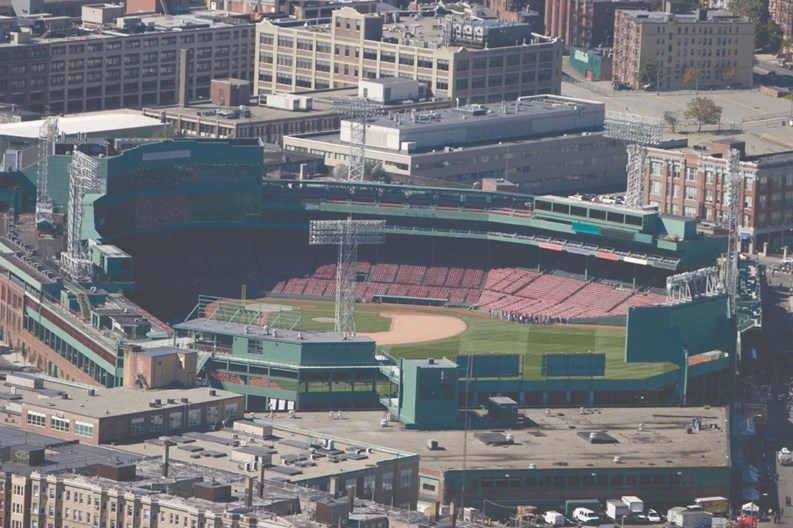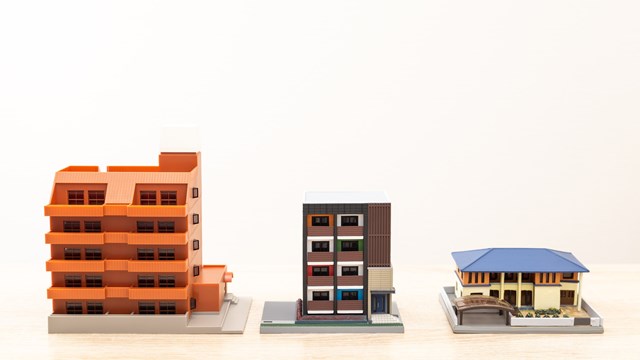Fenway is the name synonymous with Red Sox baseball and the venerable ballpark that the beloved team calls home.
But to Bostonians who live in the distinctive neighborhood near Fenway Park, Fenway is their home, too—a friendly place with colleges, cultural attractions, and one of the most historic outdoor parks in the country.
That park is the Back Bay Fens, an expanse of gardens, wildlife preserves and walking paths that stretches through the district and is part of the Emerald Necklace, designed by acclaimed landscape architect Frederick Law Olmsted over 100 years ago.
“I came here for the park and have never wanted to live anywhere else. It’s a marvelous treasure, over 100 years old but you’d think it had been here for hundreds of years before that,” said historian Ed Burke, a 35-year Fenway resident.
The Emerald Necklace covers seven miles, from Boston Common to the Franklin Park Zoo. The project began as an effort to clean up and control the marshy area which became the Back Bay and the Fens.
“The entire Fenway is filled space. It was used as a dump for horse droppings and dead horses,” said Burke. “They filled it in to cover the stench, so the park served as a sanitary project, as well as one that beautified the area.”
The Fenway is linked with Kenmore as an official Boston neighborhood. It covers 1.24 square miles and is bounded by the Massachusetts Turnpike, Mission Hill, Columbus Avenue, Massachusetts Avenue, the Longwood Medical Area in Roxbury and the town of Brookline. It is separated from Boston’s Back Bay neighborhood by the Muddy River, which flows through the Back Bay Fens and into the Charles River.
Together, Fenway-Kenmore has a population of 36,191 people, according to 2000 U.S. Census figures, the most current available. A large portion of residents in East Fenway are college students, while West Fenway is home to professionals working in the city and at Longwood Medical Area. Seventy-seven percent of the population is single, 17 percent is married and 5 percent is families.
Realtor Steve Chase discovered the Fenway over 30 years ago and, like Burke, never wanted to live anywhere else.
From Parks to Ballparks and the Arts
“I moved here in 1979 and fell in love with the area—its street layouts, beautiful parkland and amenities within a 10 minute walk,” said Chase. “I can be at a ballgame 10 minutes from my condo in one direction or visit the Museum of Fine Arts 10 minutes in the other.”
Fenway is home to several major cultural institutions including the MFA, the Isabella Stewart Gardner Museum and the Boston Symphony Orchestra. There are over a dozen colleges and universities: Simmons College, Wheelock College, Emmanuel College, Massachusetts College of Pharmacy and Health Sciences, Northeastern University, New England Conservatory of Music, Berklee College of Music, Boston Conservatory, Massachusetts College of Art, the School of the Museum of Fine Arts, Wentworth Institute of Technology, and portions of Boston University and Harvard Medical School.
Rowdier East Fenway with its students is offset by quieter West Fenway, said Chase.
“West Fenway is a real village—friendly and people all talk to each other and walk everywhere,” said Chase, a condo owner here.
The historic Victory Gardens, located in the park, helps build that community, said Chase.
Established during World War II, they are the oldest continually operating Victory Gardens in the country.
“People divide plants and share with neighbors. It’s like having a private backyard in the middle of the city for $30 a year,” said Chase.
Another amenity is the Rose Garden, also located in the park. Residents gather for an annual garden party here each June. And in nearby Ramler Park, a formal garden with a pergola and fountain, people enjoy free summer concerts.
“There’s plenty to do without having to go far,” said Burke, who along with Chase serves on the board of the Fenway Civic Association, a group that works to maintain their neighborhood.
Besides cultural attractions and the Red Sox, two supermarkets, offices in the refurbished Landmark Center (a former Sears mail order center and warehouse), several MBTA stops and easy access to medical care at nearby Longwood make Fenway a desirable place to live.
Boston Magazine recognized that in its March cover story, naming it one of its four most desirable places for first-time homebuyers in Massachusetts.
Twelve percent of the population is homeowners, said Chase, who works at Keller Williams Realty in Copley Square.
A Haven of Condos and Rentals
“There’s a scattering of single family homes, but you can count them on two hands,” he said. “Most housing stock is condos.”
These are primarily studio and one bedroom condos in 100-year-old buildings that have been converted from apartments. Prices range from $185,000-$220,000 for a studio, $239,000-$425,000 for a one-bedroom and $259,000-$699,000 for a two bedroom condo.
Many buyers purchase two units, and then renovate them into a larger one.
While several high rent apartment complexes have been built, people recognize the value of purchasing a condo, Chase said.
“They pay $2,500-$2,600 in rent, and then realize they can get a nice condo for less than their rent.”
As the area flourishes, Chase sees great things in store for the Fenway. “I think it will be seen as another Greenwich Village. It has all the ingredients in place. It’s such a fun place to live that I rarely ever leave,” he said.
Nancye Tuttle is a freelance writer and a frequent contributor to New England Condominium.







Comments
Leave a Comment